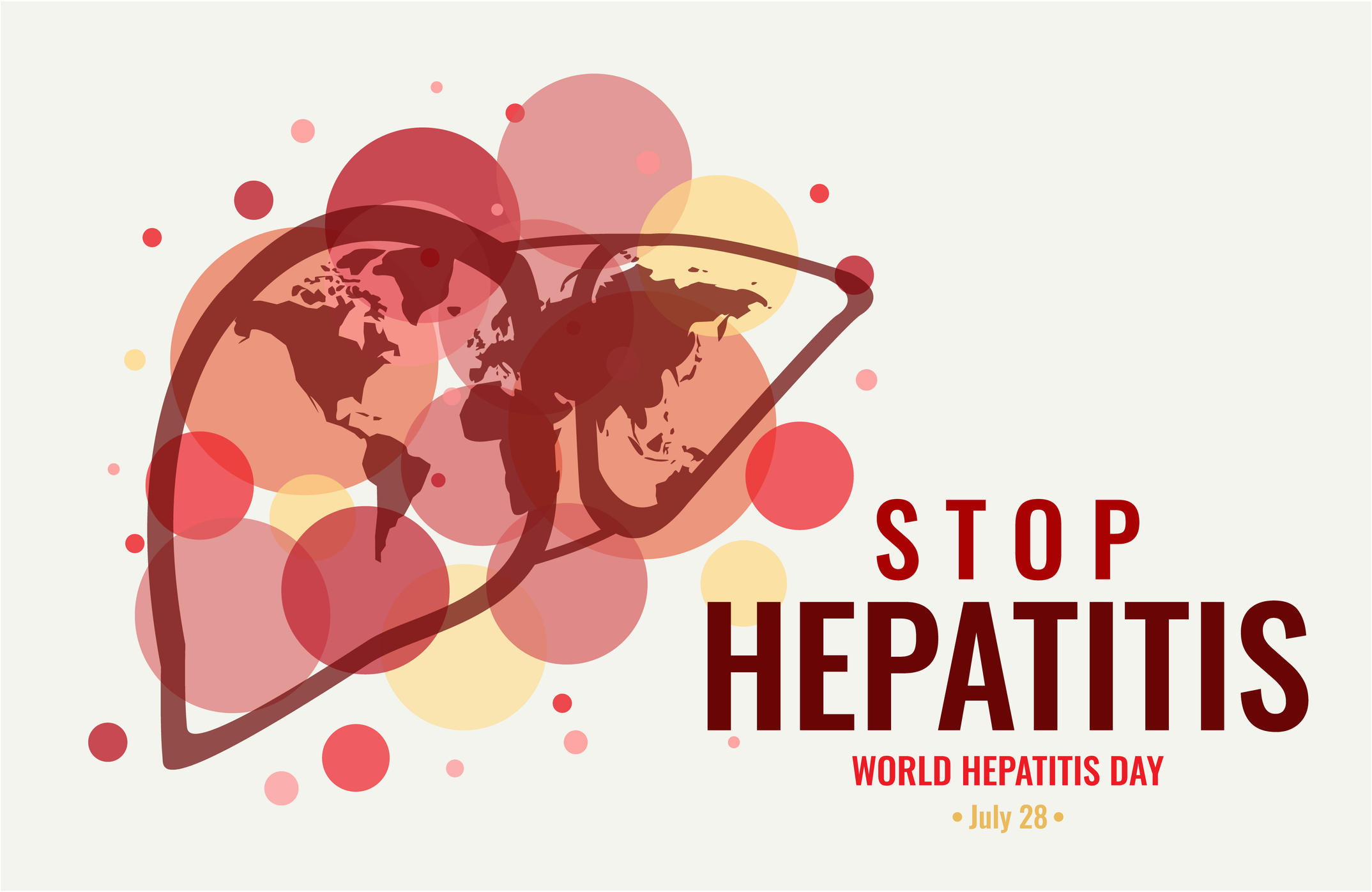- Find a DoctorDoctors by Specialty
- Cardiac Electrophysiology
- Cardiology
- Colon & Rectal Surgery
- Family Medicine
- Gastroenterology
- General & Vascular Surgery
- Gynecological Oncology
- Gynecology
- Infectious Disease
- Internal Medicine
- Interventional Cardiology
- Interventional Radiology
- Nephrology
- Neurology
- Neurosurgery
- Obstetrics & Gynecology
- Oncology
- Oncology & Hematology
- Orthopedic Surgery
- Otolaryngology
- Perinatology
- Psychiatry
- Pulmonary Medicine
- Radiation Oncology
- Rheumatology
- Sleep Medicine
- Thoracic Surgery
- Urology
- View All Doctors
- Our ServicesMedical Services
- Bariatric Services
- Behavioral & Mental Health
- Breast Care
- Cancer Care
- Critical Care
- Ear, Nose, & Throat
- Emergency Services
- Gastroenterology
- Glossary
- Heart Care
- Home Care
- Hospice & Palliative Care
- Imaging & Diagnostics
- Long-Term Care
- Nephrology
- Orthopedics
- Primary Care
- Rehabilitation Therapies
- Robotic-Assisted Surgery
- Sleep Services
- Spine Care
- Stroke Care
- Surgery Services
- Telehealth Services
- Urology
- Urgent Care
- Virtual Urgent Care
- Women’s Services
- Wound Care
- Our Locations
- Patients & Visitors
- About Us
 Hepatitis is inflammation of the liver that leads to liver cell damage. Hepatitis is caused by a variety of things including autoimmune disorders, viruses, drugs and alcohol. Learn about three of the five main types of viral hepatitis:
Hepatitis is inflammation of the liver that leads to liver cell damage. Hepatitis is caused by a variety of things including autoimmune disorders, viruses, drugs and alcohol. Learn about three of the five main types of viral hepatitis:
Hepatitis A
Hepatitis A is often spread by infected stool that comes in contact with the mouth, or by food and water that has been tainted by stool.
Hepatitis A can spread by eating food made by someone who touched infected stool, by drinking water that is tainted by infected stool, by touching an infected person’s stool, through sexual contact with an infected person and by contact in large childcare centers, especially when there are children in diapers.
A highly protective vaccine for hepatitis A is available and advised for U.S. babies and adults in some situations.
Hepatitis B
Hepatitis B (HBV) can spread through bodily fluids such as blood, semen, vaginal fluids or saliva. In some cases, HBV can lead to liver failure and death.
In developed countries, the main ways to get hepatitis B are through cuts from sharp objects with the hepatitis B virus, using an infected person’s personal items like razors or toothbrushes and having sex with an infected person.
People who are at risk for hepatitis B include children born to mothers who have hepatitis B, people who live in long-term care facilities or who are disabled, people who live in households where another person is infected, people who have a blood-clotting disorder, people who need dialysis for kidney failure, people who take part in IV drug use or unprotected sex, people who have jobs that include contact with human blood and people who had blood transfusions or blood products before the early 1990s.
There is a vaccine for hepatitis B. It is advised for babies at birth. A “catch-up” vaccine is available for teens and people at high risk.
Hepatitis C
Hepatitis C is mainly spread from contact with infected blood. Other means of transmission include sexual contact, from infected mother to baby and in some cases, from an unknown cause. Eventually, hepatitis C leads to chronic (long-term) liver disease in most infected people. According to the Centers for Disease Control, hepatitis C is the main reason for needing a liver transplant, and it is the main cause of liver cancer in the U.S.
People at risk for hepatitis C are those born between 1945 and 1965, children born to mothers who are infected with the virus, people who have a blood-clotting disorder and received clotting factors before 1987, people who need dialysis for kidney failure, people who had a blood transfusion before 1992 and people who take part in IV drug use or unprotected sex.
No vaccine exists for hepatitis C, but treatment for the virus has a very high cure rate. People who are at risk should be checked regularly for the virus.
Preventing the spread of viral hepatitis
Having good personal health habits is the key to preventing the spread of many diseases, including hepatitis. Preventive measures include:
- Getting vaccines. A hepatitis A vaccine is available for people at risk for disease while traveling. A hepatitis B vaccine is given to newborns, babies and toddlers as part of their routine vaccine schedule. There is no vaccine for hepatitis C at this time.
- Blood transfusion screening. Blood for transfusions is routinely screened for hepatitis B and C to reduce the risk of infection.
- Antibody treatment. If a person has been exposed to hepatitis, an antibody treatment can be given to help protect him or her from the disease.
- Safe sex. Practice safe sex, including using condoms.
- Safe needle use. Don’t share or reuse needles, syringes or other equipment.
- Not sharing person items. Don’t use personal items that may have even a small amount of an infected person’s blood. These include nail clippers, toothbrushes, glucose monitors and razors.
- Getting tattoos safely. If you plan on getting a tattoo, use a licensed facility only.

























